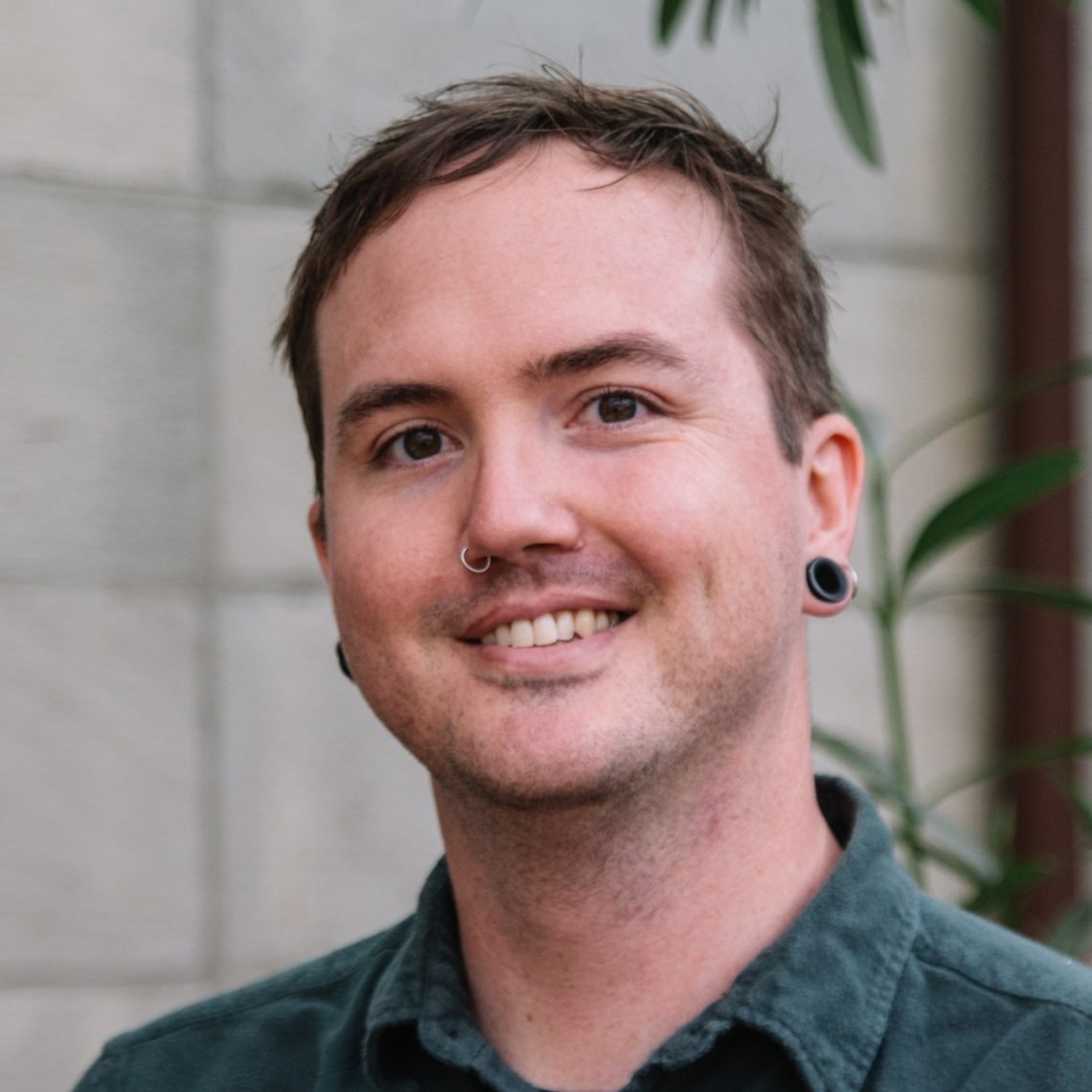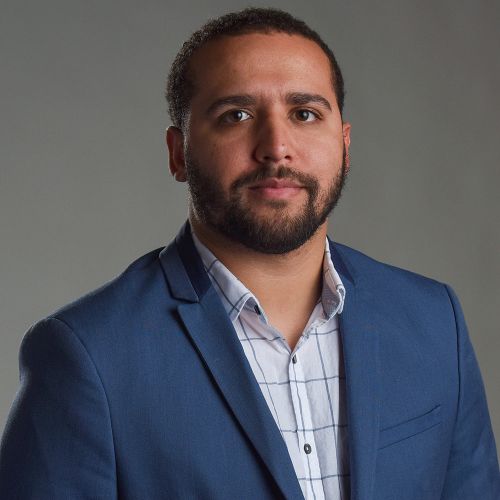On October 21, Berkeley Journalism alumnus Brian Howey (‘22) published a major investigation into non-fatal police shootings on the front page of The Washington Post. Howey collaborated with Wesley Lowery, one of the country’s premiere investigative reporters covering law enforcement, and Washington Post Data Editor Steven Rich on the story. Berkeley Journalism alums Bashirah Mack (‘22) and Katie Licari-Kozak (‘22) also contributed reporting.

Brian Howey (Photo Clara Mokri ’21)
While the Post has previously documented that there are nearly 1,000 fatal police shootings nationwide every year, there was no comprehensive data on incidents that had not resulted in death.
To help fill this gap, the Post and Berkeley Journalism’s Investigative Reporting Program spent two years filing more than 150 public records requests for information about non-fatal shootings from every law enforcement agency with one or more deadly officer-involved shootings between 2015 and 2020. The team found that for every five people who are killed in police shootings, another four survive.
“That’s an enormous number of people whose lives are permanently scarred and whose stories have been largely overlooked,” Howey said.
The story notes that the unseen use of non-deadly force by law enforcement in the United States has created a “hidden population whose circumstances largely echo those in fatal shootings but who survive to grapple with a lifetime of debilitating wounds, emotional trauma and legal fallout.”
The investigation also found that there are racial disparities to non-fatal shootings, stating “Black residents accounted for 16 percent of the population policed by the departments examined by the reporters, but they represented 41 percent of those shot and wounded.”

Wesley Lowery
The project emerged from a series of conversations between Professor David Barstow, the Reva and David Logan Distinguished Chair in Investigative Journalism, and Lowery, who has served as a special projects editor at the Investigative Reporting Program.
Barstow, who heads the IRP, said that Lowery was interested in building off his groundbreaking reporting for the Post on fatal police shootings to look deeply at the human toll from non-fatal police shootings. “I’ve long admired Wes’s work so we hired him as a senior editor on this project and then built a reporting team consisting of Brian, Bashirah and eventually Katie,” Barstow said. “What they’ve produced is a testament to the power of relentless, scrupulous reporting, and I’m so grateful our students were able to work on such a consequential piece of journalism with Wes and the incredible editing team at the Post, led by Sarah Childress and David Fallis.”
Licari-Kozak said she was thrilled to work on a project of this scale. “One of the coolest things for me was collecting and verifying the data for my hometown, which makes up just a small part of the database, and getting into the nitty gritty to verify shootings in hundreds of communities like mine around the U.S.,” she said.
“We didn’t just help Wes as he reported this story — we reported it ourselves with his guidance,” Howey said. “Being able to do this work at every level — from filing hundreds of records requests to conducting intense interviews with shooting survivors and officers — was one of the most meaningful reporting experiences I’ve ever had.”
–Aysha Pettigrew
